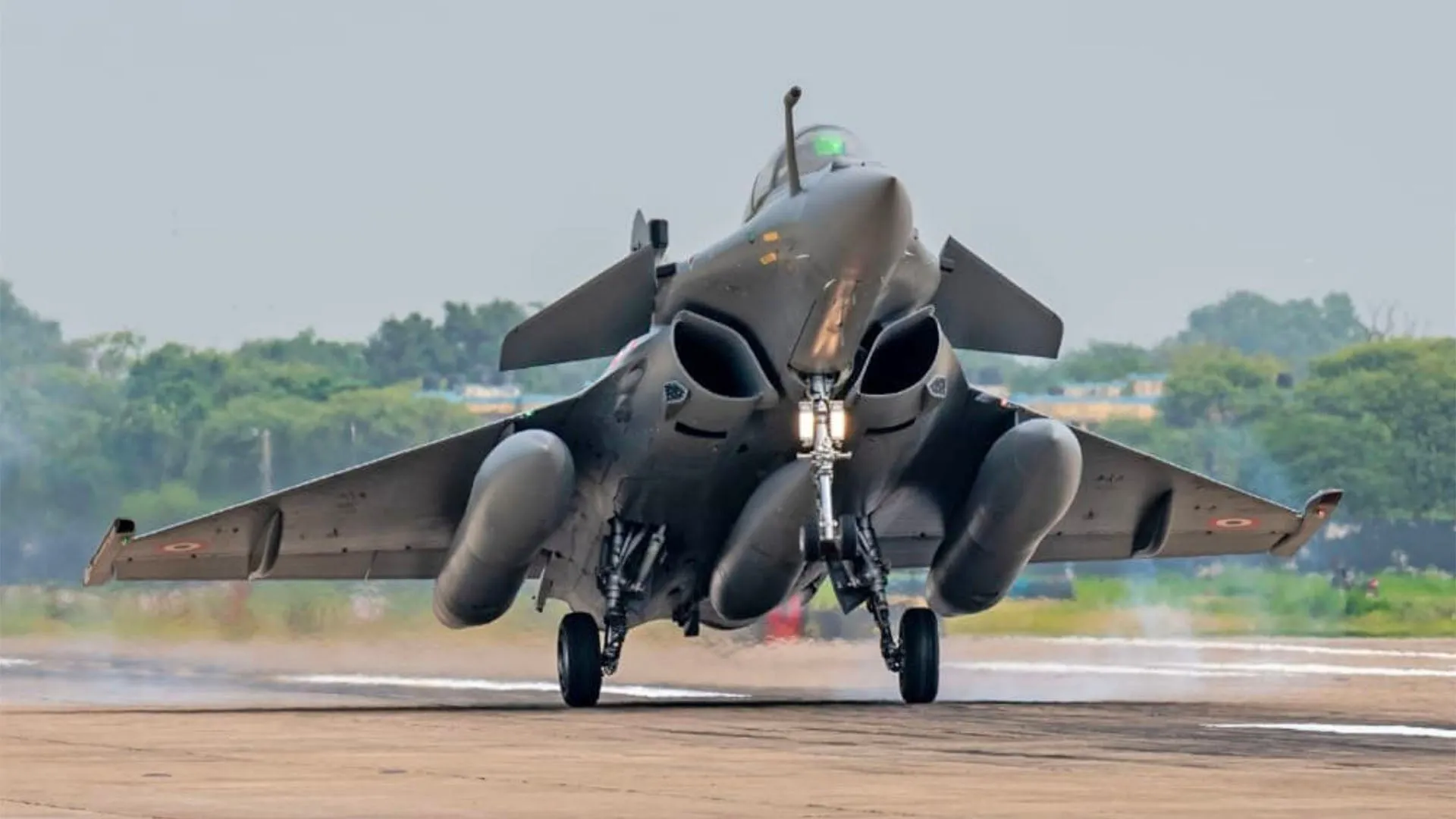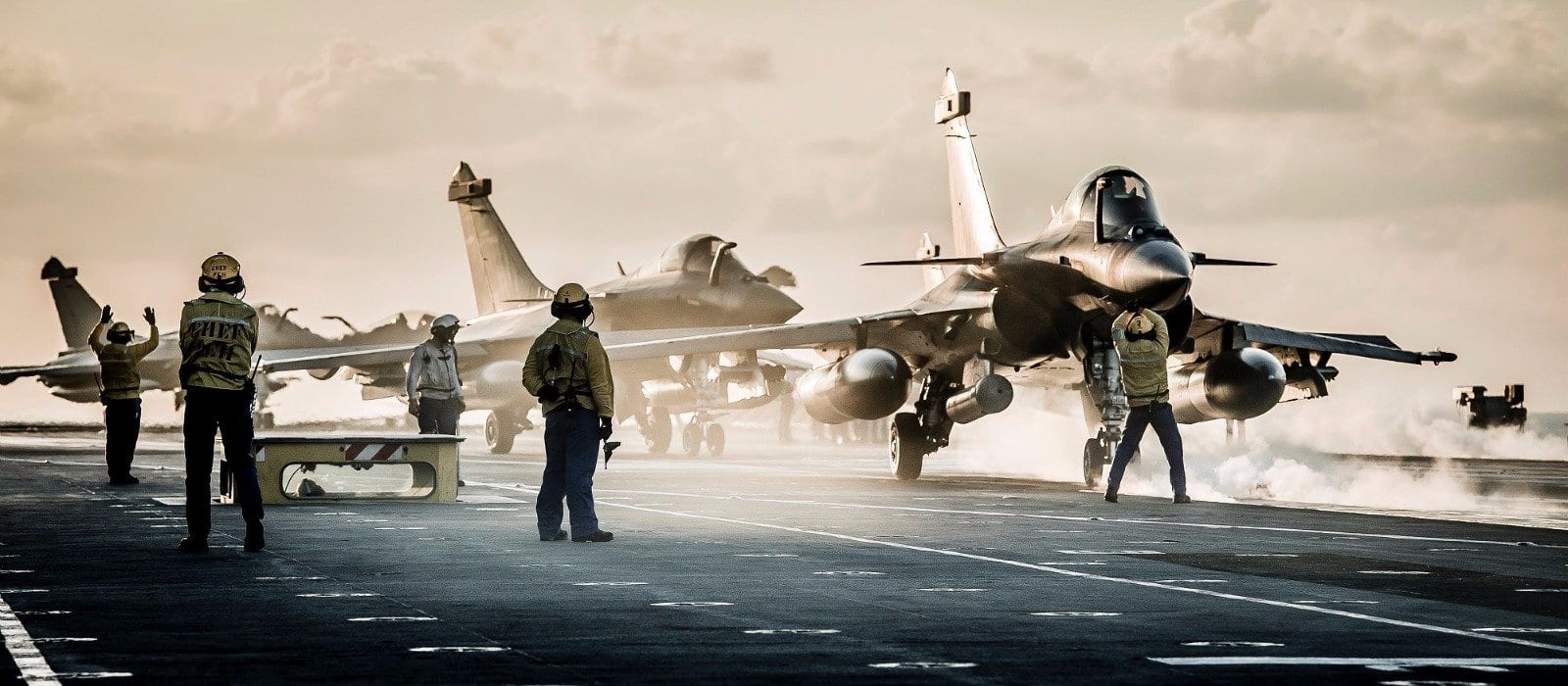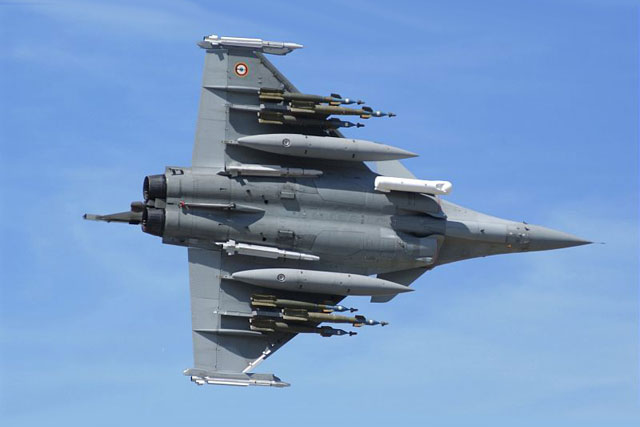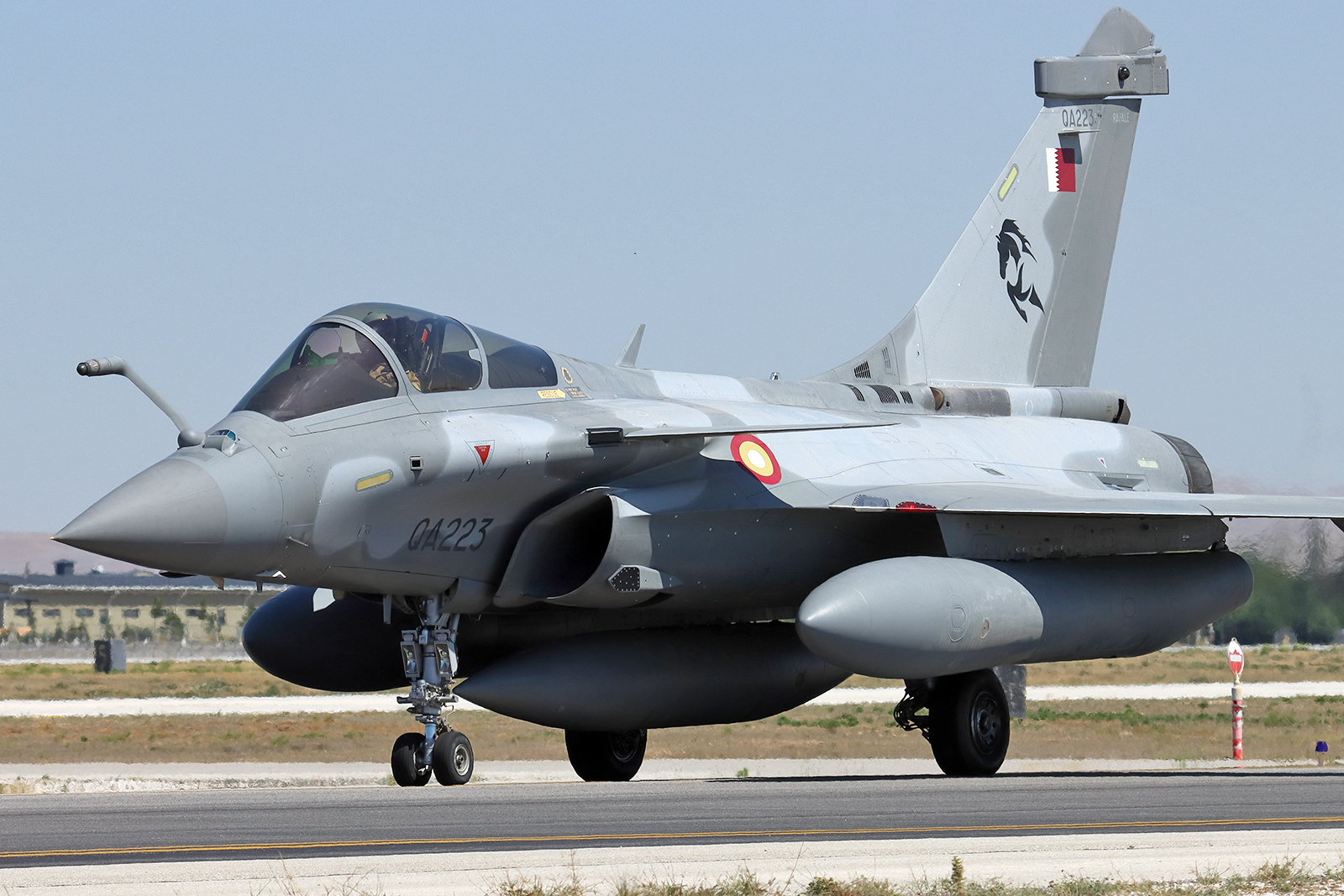Battle for the Code: India Turns Up Heat on France Over Rafale Fighter Jet Secrets
This push reflects India’s growing urgency to indigenise key military systems, allowing it to integrate homegrown weapons, avionics, and electronic warfare suites into the Rafale platform without relying on foreign intermediaries—a critical objective in today’s unstable global security environment.
(DEFENCE SECURITY ASIA) — The Indian Air Force (IAF) is intensifying efforts to obtain access to the source code of its Rafale fighter jets, manufactured by France’s Dassault Aviation, in a bold and calculated move to enhance India’s technological sovereignty and defence autonomy.
This push reflects India’s growing urgency to indigenise key military systems, allowing it to integrate homegrown weapons, avionics, and electronic warfare suites into the Rafale platform without relying on foreign intermediaries—a critical objective in today’s unstable global security environment.
India’s effort is rooted in its long-term vision under the “Atmanirbhar Bharat” (Self-Reliant India) initiative, which seeks to transform the country from a defence importer into a defence innovator, with the Rafale programme becoming a central pillar of that ambition.
Among the indigenous systems eyed for integration are the Astra Mk1 beyond-visual-range (BVR) air-to-air missile and the Smart Anti-Airfield Weapon (SAAW), both of which are designed to expand India’s precision strike capabilities in both conventional and hybrid warfare scenarios.
The original Rafale deal, signed on 23 September 2016 and worth €7.8 billion (approximately RM39 billion), brought 36 advanced 4.5-generation multirole fighters to the IAF, with full deliveries completed by April 2022 and operational deployment at Ambala and Hasimara airbases.
On 28 April 2025, India deepened its strategic alignment with France through a government-to-government agreement valued at US$7.4 billion (RM33.3 billion) for the acquisition of 26 Rafale Marine (Rafale-M) jets for the Indian Navy.
This naval procurement, aimed at replacing the aging MiG-29K fleet, marks a significant leap in India’s maritime strike capabilities, allowing deployment aboard INS Vikrant and INS Vikramaditya to deter expanding Chinese influence across the Indian Ocean Region (IOR).

The Rafale-M, equipped with cutting-edge avionics, carrier-capable landing systems, and the Meteor BVR missile, positions India to exert air superiority across contested Indo-Pacific waters and choke points such as the Strait of Malacca and the South China Sea.
The platform’s entry into naval service also comes amid heightened tensions following the 2020 Galwan Valley clash with China and continued Line of Actual Control (LAC) standoffs, reinforcing India’s resolve to maintain credible deterrence in both land and maritime theatres.
However, India’s ability to fully leverage the Rafale’s potential remains constrained by Dassault Aviation’s refusal to share the source code for core systems, such as the Active Electronically Scanned Array (AESA) radar and the modular Multi-Mission Computer.
These systems form the digital backbone of the Rafale’s mission architecture, delivering unmatched situational awareness, sensor fusion, and multi-role adaptability that give the fighter a critical edge in high-threat, multi-domain operations.
The AESA radar, developed by Thales, enables simultaneous tracking and engagement of multiple aerial and surface targets, a necessity in modern air combat where swarm tactics and saturation attacks are becoming standard practice by adversaries.
India’s insistence on source code access stems from operational challenges experienced with the Mirage 2000 fleet, where restricted software access complicated indigenous weapons integration and system upgrades, resulting in costly delays and foreign dependence.

“France’s reluctance to share the Rafale source code has not significantly strained diplomatic ties with India,” experts note, pointing instead to continued defence cooperation and trust-building, including the high-value Rafale-M naval deal.
France’s guarded stance is driven by a need to protect intellectual property, as the Rafale’s source code represents decades of R&D, proprietary algorithms, and significant investment in sensitive combat and flight control technologies.
In an era marked by cyber-espionage, reverse engineering, and grey-zone proliferation of dual-use technologies, France fears that unrestricted access could lead to technology leaks or unintended replication by rival states or rogue actors.
Moreover, granting India full source code access may set a precedent, emboldening other Rafale customers such as Qatar, Egypt, and Indonesia to issue similar demands, potentially eroding France’s leverage over its export control policies.
There is also concern that unregulated third-party modifications to critical mission software could degrade system integrity, introduce unforeseen vulnerabilities, or disrupt maintenance protocols, especially in high-stakes missions like precision strikes or deep-penetration sorties.
To navigate these tensions, France has proposed a compromise—offering limited collaboration frameworks, including joint technical working groups and restricted software development kits that allow selective integration of Indian weapon systems onto the Rafale.

This arrangement has already borne fruit with the Astra Mk1, India’s indigenously developed BVR missile boasting a range exceeding 100 kilometers, which is set to complement the Rafale’s Meteor missile and expand its engagement envelope against platforms such as Pakistan’s JF-17 and China’s stealthy J-20.
The integration of the Smart Anti-Airfield Weapon (SAAW), a precision glide bomb capable of neutralising enemy airbases and hardened shelters, will further bolster the Rafale’s strike portfolio in mountain warfare and cross-border contingency scenarios.
India’s push for source code access is thus not merely a technological requirement but a geopolitical assertion of autonomy, reflecting its strategic imperative to maintain operational independence in an era of multipolar instability and defence supply chain fragmentation.
The Rafale’s stealth features, robust electronic warfare suite, and long-range strike profile offer India a credible deterrent against both regional adversaries and emergent asymmetric threats across volatile zones such as Ladakh, Arunachal Pradesh, and the Western Indian Ocean.
France’s cautious approach mirrors broader Western concerns regarding the diffusion of advanced technologies in the age of great-power rivalry, where nations like China and Russia aggressively seek to exploit gaps in global defence architecture.
Yet, despite friction over source code access, Indo-French defence relations remain robust, underpinned by shared strategic interests in counterbalancing China’s regional assertiveness and supporting a rules-based order in the Indo-Pacific.

Joint military exercises, intelligence-sharing frameworks, and deepening industrial cooperation continue to advance, reflecting mutual commitment to long-term interoperability and strategic convergence.
The Rafale-M deal has positioned India as a central maritime security partner for France, aligning with Paris’s strategic pivot toward the Indo-Pacific in response to China’s Belt and Road Initiative and military expansion across the region.
This bilateral synergy gains even greater urgency in 2025, as the global security landscape is roiled by the ongoing Russia-Ukraine war, renewed volatility in the Middle East, and escalating U.S.-China competition across diplomatic, economic, and military domains.
India’s quest to access the Rafale’s source code is thus a forward-leaning initiative designed to future-proof its combat air fleet, ensuring adaptability in rapidly evolving threat environments and against peer adversaries with advanced capabilities.
By merging domestic technological innovation with imported high-performance systems, India is charting a course toward becoming a self-reliant defence power, capable of shaping regional stability while navigating the complexities of 21st-century great power competition.
— DEFENCE SECURITY ASIA



Sharing source code with India will end in a bad reputation for Rafale aircraft